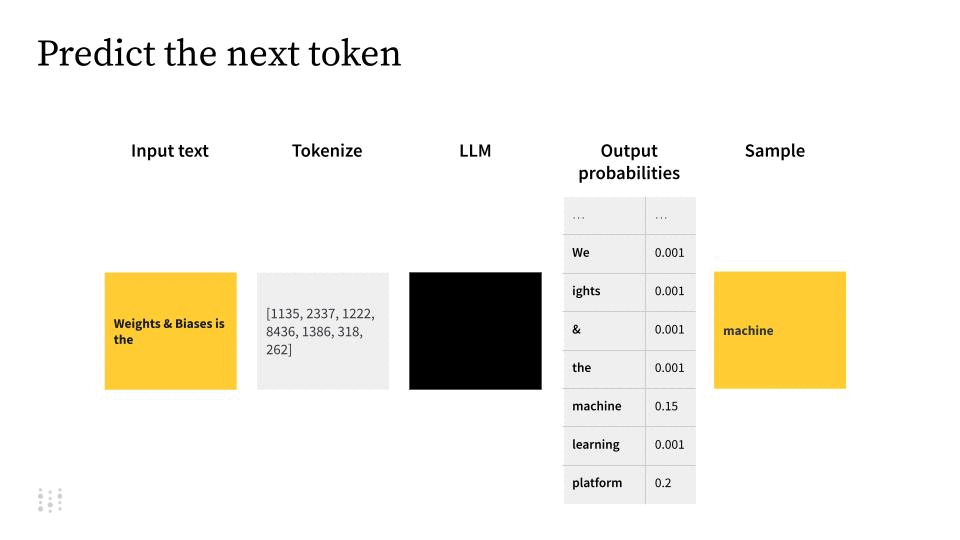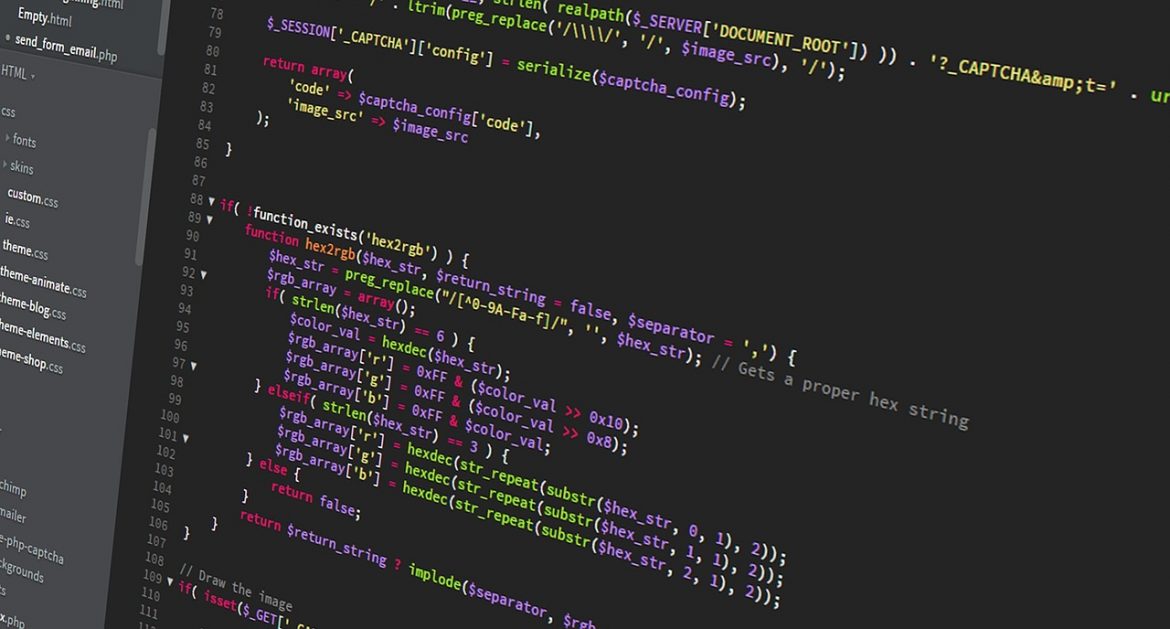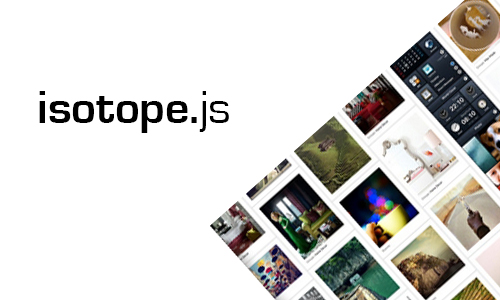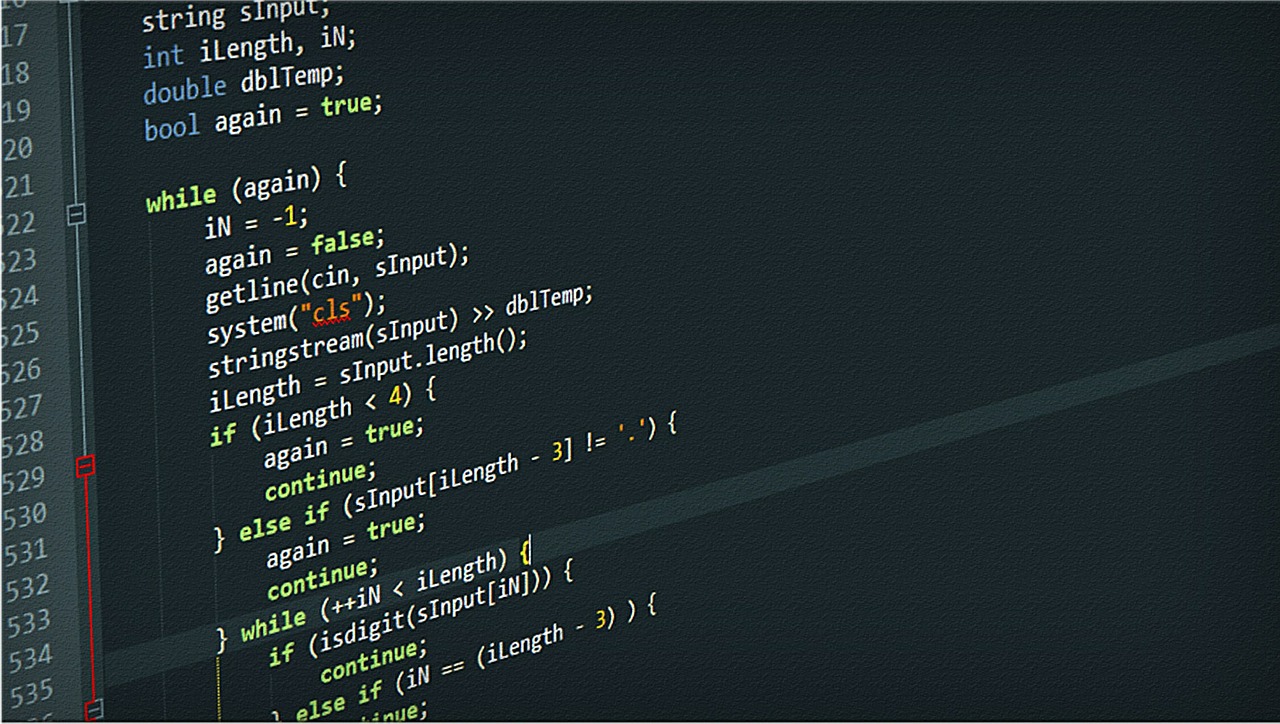Have you ever wondered how computers understand and generate human-like text? One of the key techniques that make this possible is tokenization. Tokenization is like breaking down a sentence into smaller, manageable pieces – or tokens – which can then be processed by a computer. In this blog post, we’ll take you through the basics of tokenization in Language Models, making a seemingly complex concept easy to understand.
What is Tokenization? Imagine you have a paragraph of text. Tokenization involves splitting this text into individual words, punctuation marks, and even subwords. These individual units are called tokens. Tokens serve as the building blocks that a language model uses to read, understand, and generate text.

Image Credit: Weights & Biases
How Does Tokenization Work? Tokenization is a crucial step in natural language processing and is the foundation of tasks like language generation and machine translation. Here’s a step-by-step breakdown of how tokenization works:
- Text Input: Let’s say we have the sentence: “ChatGPT is a friendly AI language model.”
- Breaking into Tokens: The first step is to break down the sentence into tokens. In this case, the tokens would be: [“ChatGPT”, “is”, “a”, “friendly”, “AI”, “language”, “model”, “.”]
- Handling Subwords: Some words might be split into subwords to improve efficiency and handle rare words. For example, a less common word like “language” could be split into [“lan”, “guage”].
- Special Tokens: Language models often add special tokens to provide context and structure. These tokens include:
[CLS]: Stands for “classification” and is used at the beginning of a text input.[SEP]: Denotes the separation between two pieces of text.[UNK]: Represents an unknown word the model hasn’t seen before.
- Mapping to IDs: Language models don’t understand words directly; they work with numbers. Each token is mapped to a unique number called an ID. A pre-defined vocabulary is used for this mapping.
Let’s delve deeper into the concept of a “pre-defined vocabulary” in the context of tokenization.
In natural language processing, a vocabulary refers to a collection of unique words and subwords that a language model understands. When a language model tokenizes text, it needs a way to map each token to a numerical representation that it can work with. This is where the pre-defined vocabulary comes into play.
Here’s how it works:
- Creating the Vocabulary: Before a language model like ChatGPT is trained, a vocabulary is created. This vocabulary consists of all the words, subwords, and special tokens that the model will be able to recognize. The vocabulary is carefully chosen based on the corpus of text that the model will be exposed to during training. It typically includes common words, frequent subword components, and special tokens like
[CLS],[SEP], and[UNK]. - Assigning IDs: Each unique token in the vocabulary is assigned a unique numerical identifier called a token ID. For example, in a vocabulary, the word “cat” might be assigned the ID 123, while the subword “ing” might be assigned the ID 456. Special tokens like
[CLS]could have their own IDs as well. - Mapping Tokens to IDs: During tokenization, when a piece of text is broken down into tokens, each token is looked up in the vocabulary. The token’s corresponding ID is used to represent it in a numerical format that the model can process. If a token is not present in the vocabulary (an out-of-vocabulary token), it is usually replaced with the
[UNK]token and its associated ID. - Efficiency and Memory: Having a pre-defined vocabulary offers several advantages. It helps manage the memory and computational resources needed to process text. Since the vocabulary is limited in size, the model doesn’t need to handle an infinite number of possible words. This makes the computations more efficient and the model’s behavior more predictable.
- Limitations: However, a fixed vocabulary also comes with limitations. Words or subwords that are not part of the vocabulary might be replaced with
[UNK], leading to potential loss of fine-grained detail. This is why subword tokenization is important – it allows the model to handle new or rare words by breaking them down into smaller components that might be part of the vocabulary.
Why is Tokenization Important?
Tokenization allows language models to process and understand text efficiently. It helps in managing memory, handling different languages, and dealing with out-of-vocabulary words. By breaking text into smaller pieces, language models can learn patterns in language more effectively and generate coherent and contextually accurate responses.
Tokenization might seem like a technical process, but it’s the magic that makes Language Models like ChatGPT understand and generate human-like text. By breaking down text into tokens, handling subwords, and using special tokens, these models become capable of a wide range of natural language processing tasks. So, the next time you see ChatGPT crafting a thoughtful response, you’ll know that tokenization is the first step in its linguistic journey.





